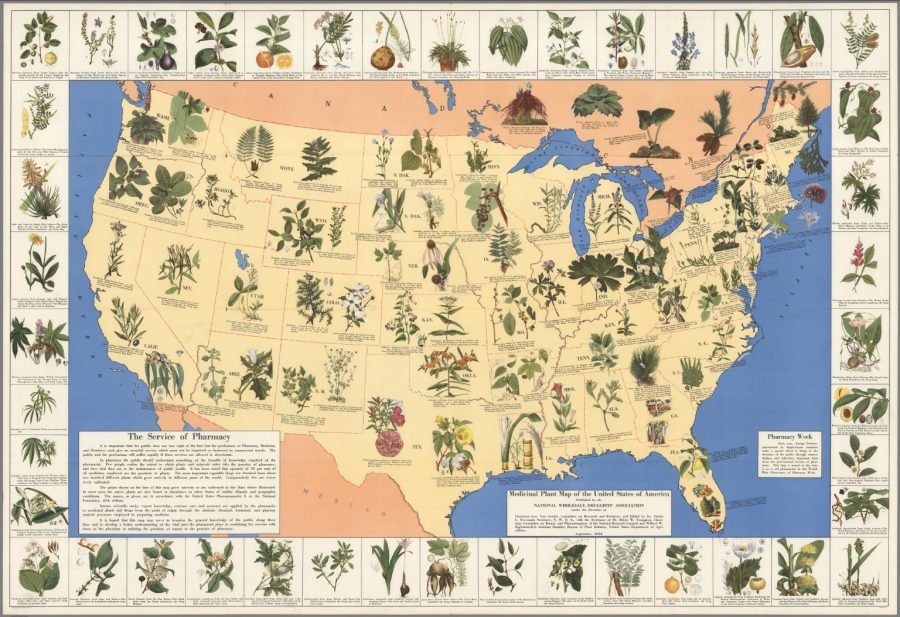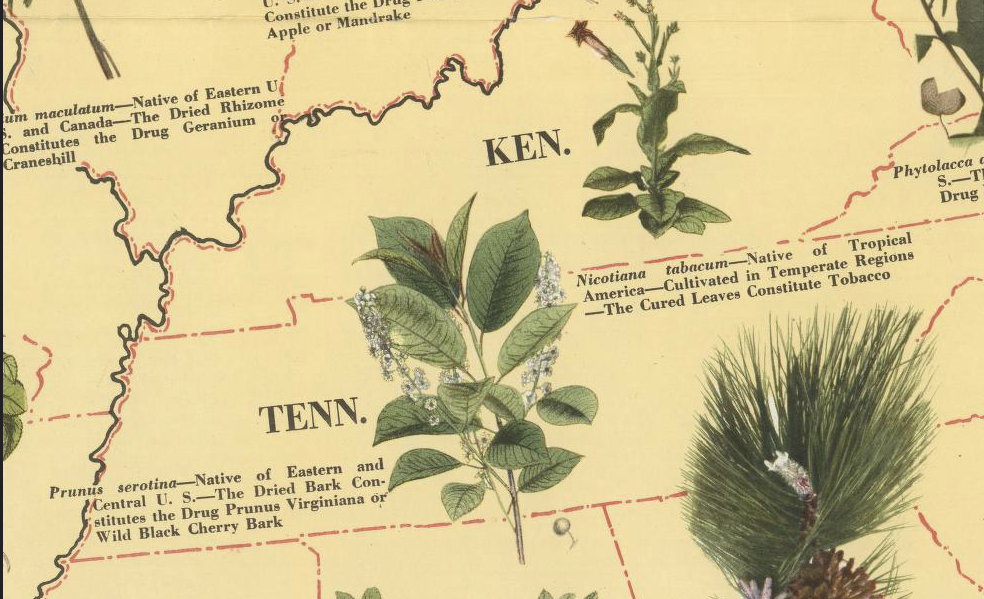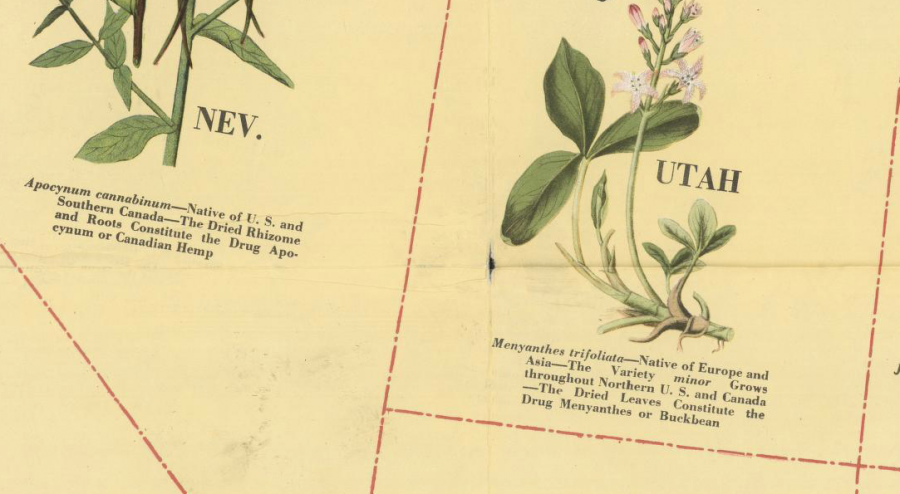We hear the mantra of “self-care” in ever-widening circles, a concept both derided and celebrated as a “millennial obsession,” with the acknowledgment—at least in this NPR think piece— that self-care was central to the philosophies of antiquity, from Aristotle to the Stoics.
In philosophy, self-care exists as a set of ethics. The reasons for this may often be couched in high-minded discussions of civics, sexual politics, and existential self-actualization. These days, doctors and researchers are making urgent appeals for our mental and physical health, and the science of stress is an unsurprisingly rich field of investigation at the moment.
It’s hard to overstate the negative effects of stress on the body over time. Increased stress hormones have been linked in study after study to overeating and obesity, lowered immune response, drug use and addiction, memory impairment, heart disease, and many other debilitating and life-threatening conditions. “The long-term activation of the stress-response system,” writes the Mayo Clinic, “and the subsequent overexposure to cortisol and other stress hormones—can disrupt almost all your body’s processes.” (The video below makes this harrowing point with some helpful, animated comic relief.)
When we experience chronic stress, it raises our blood pressure and affects our cardiovascular system, increasing the chances of heart attack or stroke. The even worse news—reports the TED-Ed video at the top of the post—is that chronic stress weakens our ability to make sound decisions about our well-being, by changing the size, structure, and function of our brain.
We’re familiar with the symptoms of chronic stress: “sleeping restlessly,” becoming “irritable or moody,” “forgetting little things,” and “feeling overwhelmed and isolated.” Continuous stress, from our work lives, home lives, social and political lives, can cause shrinking in parts of the brain responsible for memory, spatial recognition… and stress regulation.
Research shows that high levels of cortisol and other stress hormones can cause shrinking of the prefrontal cortex, the part of the brain responsible for reasoning and decision-making. Stress can inhibit neuroplasticity—the ability of the brain to adapt to new circumstances—and neurogenesis: the ability to produce new brain cells.
Conversely, stress increases the size of the amygdala, which activates fight-or-flight responses, which in turn increase the strain on our heart and blood vessels.
All of these effects can set the stage in later life for major depression, forms of cognitive decline and dementia, and Alzheimer’s disease.
Most unsettlingly, as the video notes, these effects can be passed down to the next generation, furthering the cycle of chronic stress in our children and theirs. Persistent stress “filters down” to DNA, making it genetically inheritable.
Given the incredible amount of stress most people seem to be under, this science can seem like a diagnosis of doom. We all know that chronic stressors assail us all day long, without asking whether we want them in our lives or not. An increasing amount of our daily stress, I’d hypothesize, may indeed come from the growing realization of how little control we have over many stressful situations.
But the TED explainer ends with good news, and it’s been there all along—we can find it in the ancient Greeks, in Buddhist practices, and many other traditions, both active and contemplative. We can control our responses to stress, and thus reverse and modulate the effects of cortisol on our system. The best, proven, ways to do so are through exercise and meditation (and, I’d add, good nutrition).
These activities will not eradicate the conditions of inequality, injustice, or instability that stress us all out—a great many of us more than others. But practicing “self-care” inasmuch as we are able with stress-relieving disciplines and practices will better equip us to respond to the state of the world and the state of our lives by interrupting the biological mechanisms that, over time, make things much worse. Find some helpful resources below.
Related Content:
Stream 18 Hours of Free Guided Meditations
Meditation 101: A Short, Animated Beginner’s Guide
Philosopher Sam Harris Leads You Through a 26-Minute Guided Meditation
How to Get Started with Yoga: Free Yoga Lessons on YouTube
Do Yourself a Favor and Watch Stress: Portrait of a Killer (with Stanford Biologist Robert Sapolsky)
How Mindfulness Makes Us Happier & Better Able to Meet Life’s Challenges: Two Animated Primers Explain
How Baking, Cooking & Other Daily Activities Help Promote Happiness and Alleviate Depression and Anxiety
Allen Ginsberg Teaches You How to Meditate with a Rock Song Featuring Bob Dylan on Bass
Josh Jones is a writer and musician based in Durham, NC. Follow him at @jdmagness




